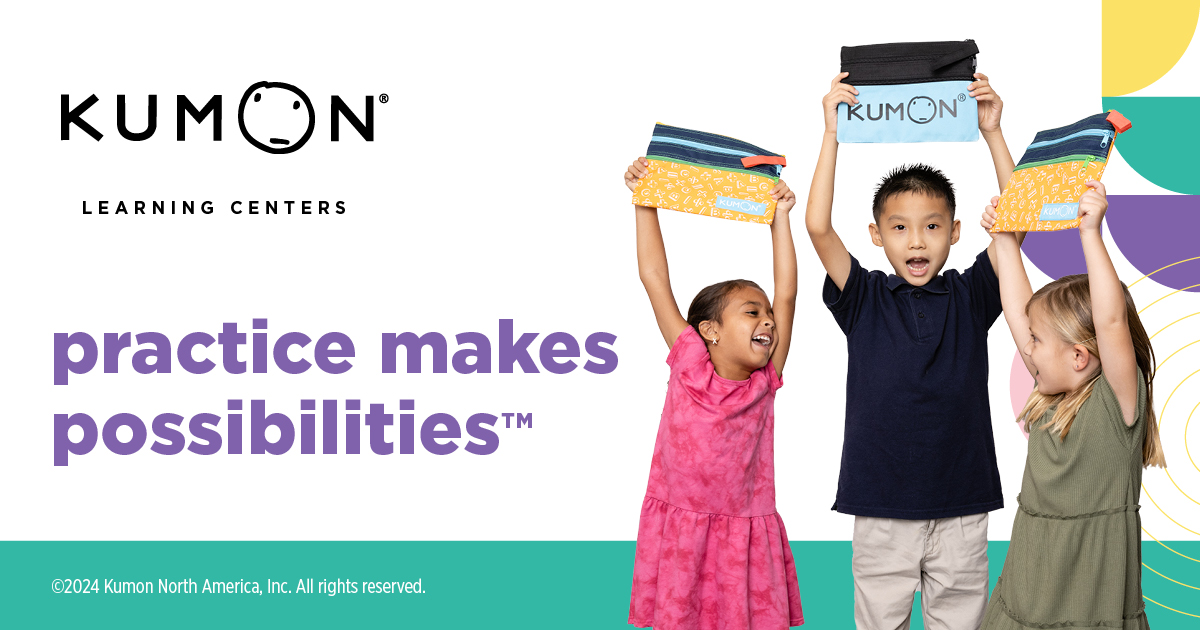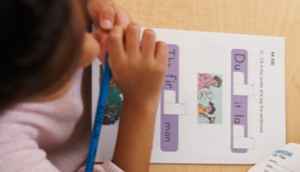
Renowned children’s author Dr. Seuss (Theodor Geisel) wrote “The Cat in the Hat” in 1957 after a book publisher challenged him to write a fun book that first graders could read. Using beginning sight words and leaning heavily on rhyming words like “cat” and “hat,” Seuss created a book using only 236 words that changed how beginning reader books were written.
graders could read. Using beginning sight words and leaning heavily on rhyming words like “cat” and “hat,” Seuss created a book using only 236 words that changed how beginning reader books were written.
He and his publisher understood how important it was for children not only to enjoy what they were reading, but also to develop the skills that lay the foundations for reading, so they stressed those skills in that book and in the beginning reader series that followed.
Unlike learning to talk, which young children pick up intuitively by listening to those around them, learning to read requires specific skills that must be taught. Spoken and written language skills are naturally linked, however, and young children with strong oral language skills find it easier to learn to read, according to the National Early Literacy Panel Report (2010).
The five components of the reading process are phonemic awareness, phonics, fluency, vocabulary and comprehension. Children must master all five components to become skilled readers.
Phonemic Awareness
Before children can learn to read, they must be aware of and able to work with phonemes, the sounds that make up words in spoken language. That means they need to understand that the B at the beginning of the word “boy” sounds like the B at the beginning of the word “ball” and in the middle of the word “table.” Children must understand that letters and words are composed of different sounds before they can start to sound out a word they see in print.
Young children starting to grasp phonemic awareness and the relationship between sounds and letters might play with rhyming words, changing “bat” to “cat,” for instance. That is how they begin to understand the relationship between spoken sounds and written words.
Phonics
Phonics is scientifically based reading instruction that teaches children to read based on the sounds that letters make, commonly referred to as sounding out a word. Beginning readers usually start by learning hard consonant and short vowel sounds.
Using phonics, a child who knows the sounds that the consonants C and T, and the short vowel sound of A, can sound out the word “cat” using a consonant, short vowel, consonant pattern. Building on that, they can also sound out the word “hat” using the same pattern.
C + AT = CAT
H + AT = HAT
Seuss actually came up with the concept of his classic book because “cat” and “hat” rhymed. He decided to name it “The Cat in the Hat” and then developed the storyline based on the title.
Phonics also teaches kids consonant digraphs, a combination of two consonants that represent one sound, like the CH at the beginning of the word “chicken.” Then, they can add it to other words they know, like this:
CH + AT = CHAT
Fluency
Fluency is the ability to express oneself easily in a given language. In reading, fluency is being able to read text without errors at a comfortable speed and with appropriate inflection or emotion. Fluency helps a reader better comprehend what they are reading.
Parents help children build fluency skills by reading aloud to them expressively or even dramatically. A beginning reader who has developed good fluency skills can easily identify the sounds of the letters in the alphabet and recognize common sight words. They can read simple text and understand it, and they can learn to read in a conversational voice.
Vocabulary
Vocabulary, or the words that a child knows, is critical to reading comprehension. Children learn the meaning of many words through everyday interactions, including hearing words used in conversations.
In addition to helping children build fluency skills by reading with great expression, parents who read a lot of different books and literature to their children are building their vocabulary. Because some words are less familiar to children and, therefore, must be taught to them directly, it’s also helpful to call out new words from a book or conversation and explain the definition.
Comprehension
If a child cannot understand what they are reading, they won’t learn to love reading. Comprehension is the culmination of the other components of reading working together. To comprehend what they are reading, a child must know some of the words, be able to figure out other words using phonics, and use clues in the text to match the words on a page with their meaning.
Among beginning readers or pre-readers, parents and teachers can ask questions to encourage comprehension by prompting them to identify the main idea or predict what a character will do. They might ask, “What is this story about?” or “What do you think will happen next?”
Parents who read to their children regularly and use these basic strategies to lay the foundation for reading skills will help their child be ready to learn to read.
Schedule a free assessment and orientation at Kumon Issaquah Highlands.





